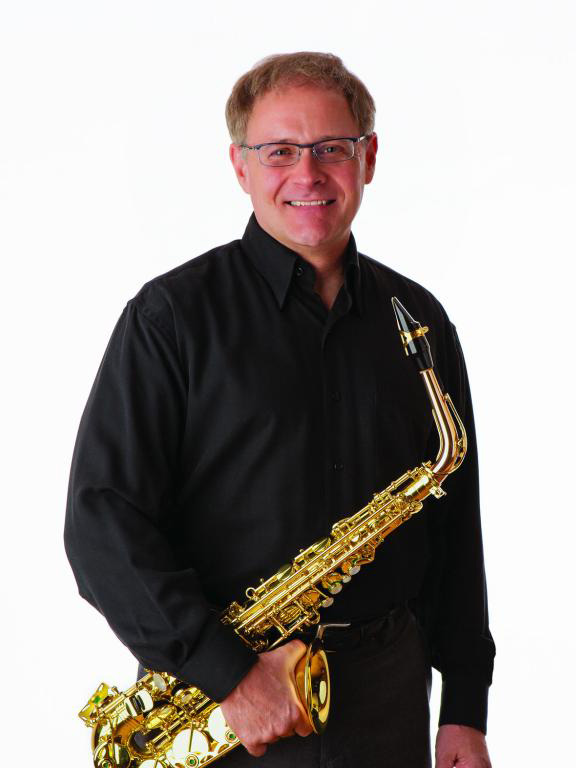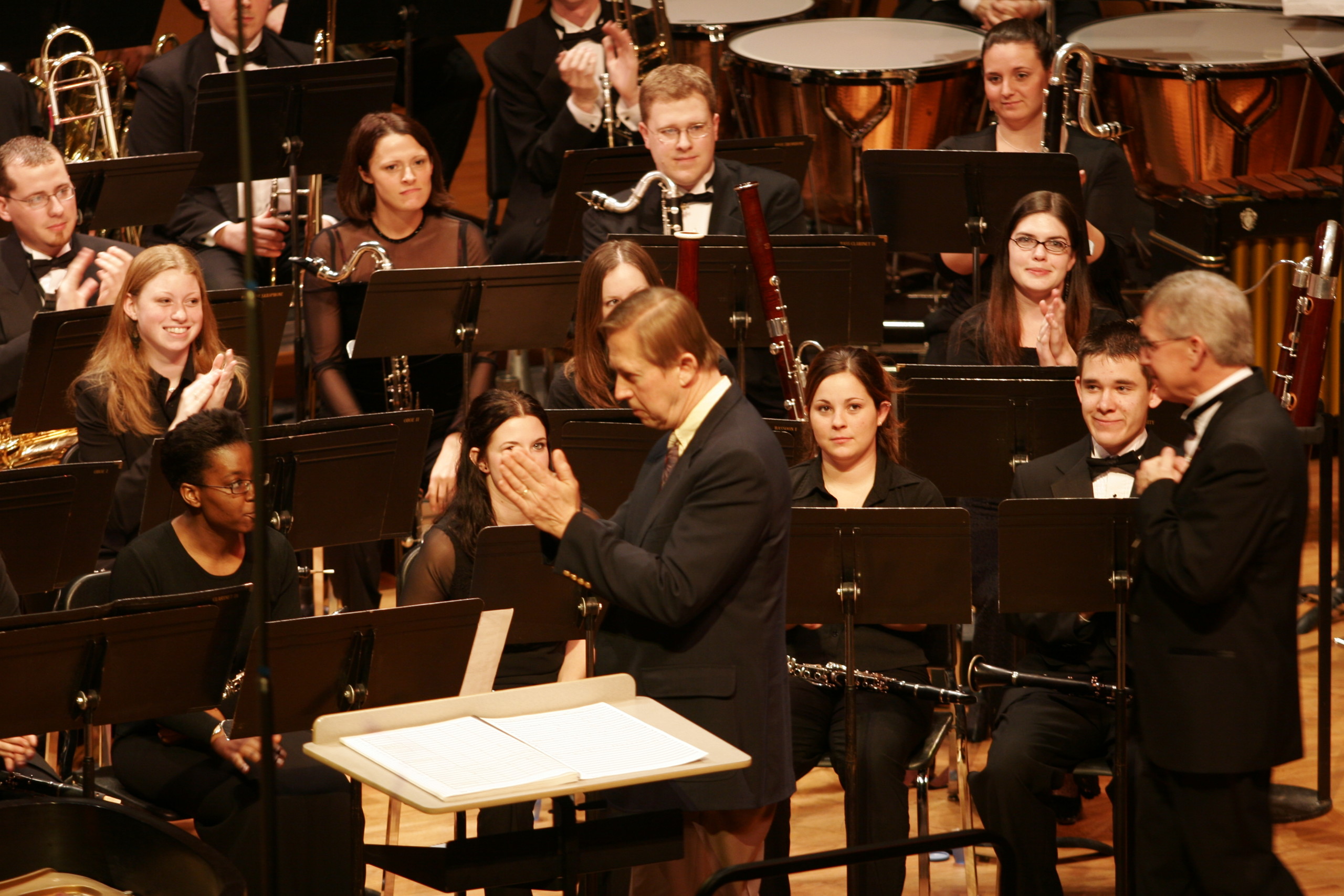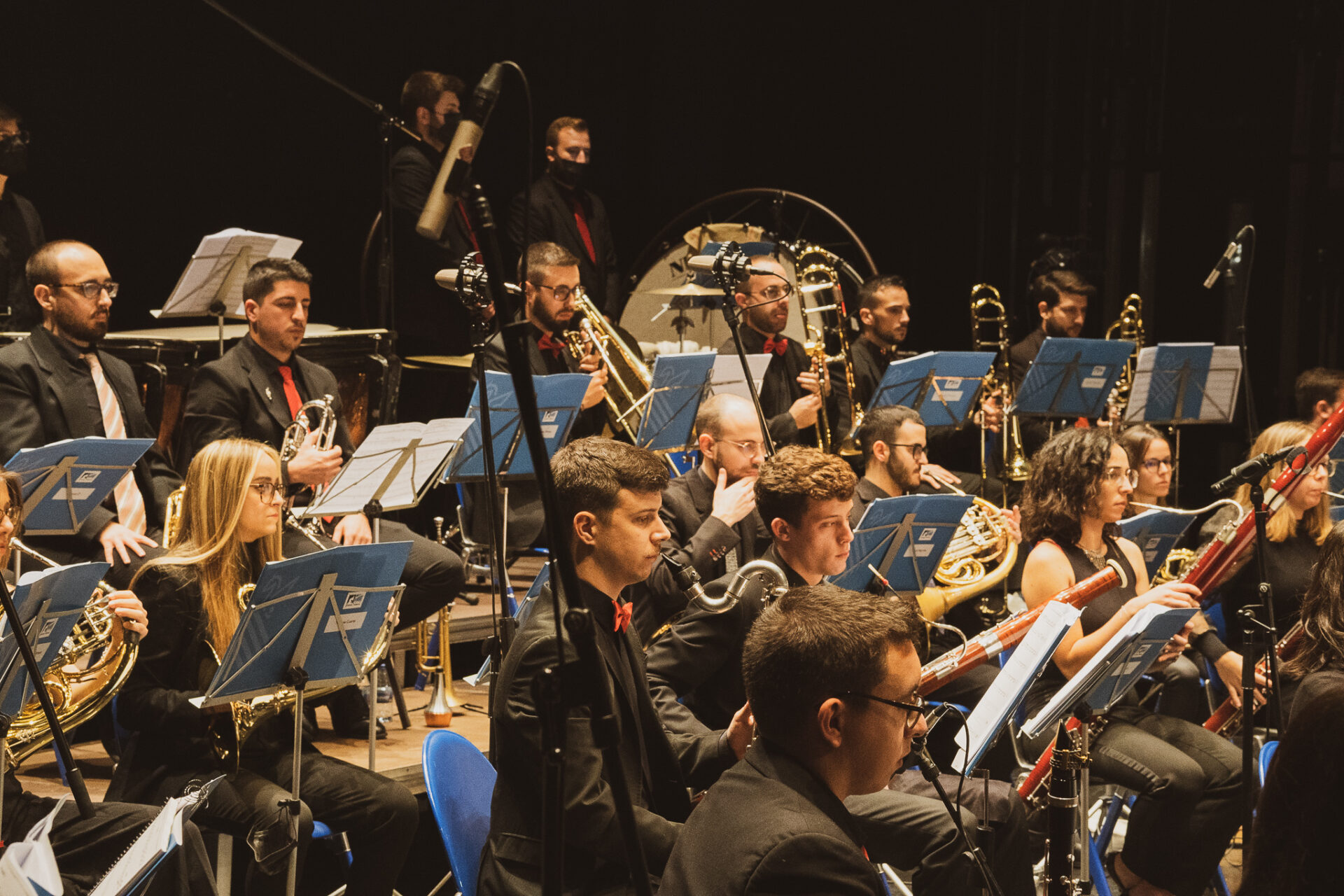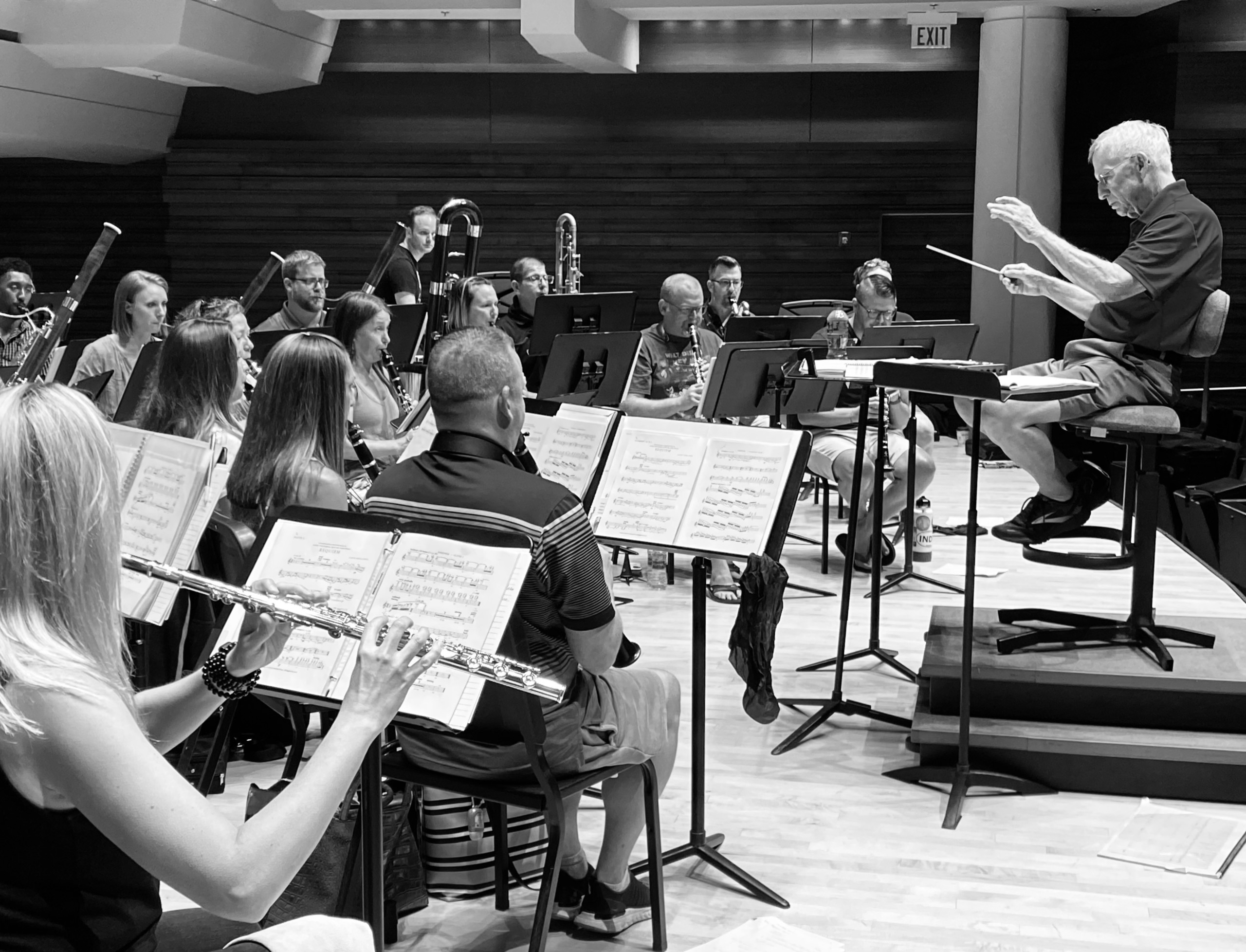Maslanka Weekly highlights excellent performances of David Maslanka’s music from around the web.
*Please note that this article makes no attempt to associate a particular color or colors to the music of David Maslanka in terms of key, timbre, tone color, musical texture, orchestration, instrumentation, etc… Herein, the author seeks only to reference titles given to the music by the composer.
David Maslanka was a master at writing for winds and percussion. He loved the “musical colors” he could achieve by writing for these instruments and was especially interested in the sustained quality of sound they produced. In his Program for Symphony No. 3, David said “I am intrigued with the magical quality of sustained pure colors. Musical sound is colorful and structural at the same time. I love a music that allows the listener to develop an intense reverie through sustained sounds, while at the same time being carried through the structure of the piece. Time and timelessness join in a powerful way, each informing and illuminating the other.”
On another occasion David mentioned, “Consider that the only thing you truly have in life is the quality of your moment, the moment we call ‘now.’ It is your connection to the eternal. The quality of a color stands apart from time. Consider ‘redness’ – is ‘red’ long or short? The quality of a musical tone stands apart from time. Any thing eventually changes, falls apart, becomes something else. What remains to you of it is its quality, its particularity, that is, the impression it makes on your soul.”
Although David was rarely specific in mentioning specific colors he associated with certain aspects of musical sound, (notwithstanding he did acknowledge that powerful statements of divine energy had a tendency to “want” to be in the key of C Major – and that these statements had a special “solar glow”), he did include colors in some of his titles. This week, we feature three compositions in which David references a color in the work’s title: My Lady White, “Out of the Blue” from This is the World, and Golden Light.
My Lady White
David said that “The title, My Lady White, is a reference to a poem by Geoffrey Chaucer; an elegy for a woman named Blanche who was his devoted courtly love who he described as ‘supremely modest, yet easily approachable, refined, temperate, lighthearted and pious without sternness or coldness.’ I call the three movements of My Lady White madrigals because they remind me of those brief, intimate, emotional song forms. The words, ‘A Gift of Rings,’ from the title of the second piece are the title of a poem by the modern English poet Robert Graves. Graves also spent his life searching for the ‘White Goddess’, which is the name of a book that he wrote. ‘For Pretty Alison’: Alison is my wife, my best friend, and in many ways my own ‘Lady White’.” Watch below as Andrew Chan gives a heartfelt rendition of Movement I, “Madrigal: My lady white.”
More info
- Andrew Chan
- Adams Percussion
- My Lady White @ davidmaslanka.com
This is the World – Movement III, “Out of the Blue”
According to David, “This is the World is a set of largely interior tone poems for a two-piano, two-percussion ensemble. The music is spacious and patient, with simple rhythms, slow harmonies, expansive and touching melodies, and moments of ferocity, whimsy, and grandeur. Although old-time Chorale melodies play an important role in this music, the Nighthawks painting of Edward Hopper is foundational to the whole piece. This painting from 1942 touches something enduring about the American heart and experience, specifically an element of darkness, estrangement, and waiting which I wish to see brought forward and transformed in our time. We are at the cusp of enormous change.” Watch below as Karen Beres & Christopher Hahn (Piano) and Lance Drege & David Steffens (Percussion) give a sensational performance of Movement III, “Out of the Blue.”
More info
- CanAm Piano Duo
- Lance Drege
- David Steffens
- Vic Firth
- This is the World @ davidmaslanka.com
Golden Light
From David’s Program Note:
Golden Light is an energetic and joyous piece which evolved out of brisk walks in the woods of upper Manhattan near which I lived for many years. The title was inspired by the play of sunlight in the trees, especially in late afternoons. The mildly hypnotic state induced by walking at a rapid pace brought about a music of short, repetitive melodic fragments and interweaving polyrhythms. The influence is distinctly traditional African where many voices arise out of a stable tonality to weave and blend together. Watch below as Scott Hagen leads the University of Utah Wind Ensemble in a spectacular performance of this piece.
More info
- Scott Hagen
- University of Utah Wind Ensemble
- Golden Light @ davidmaslanka.com
We would love to hear from you! If you know of any outstanding performances of David Maslanka’s music on the web, please email us at maslankaweekly@maslanka.org.





